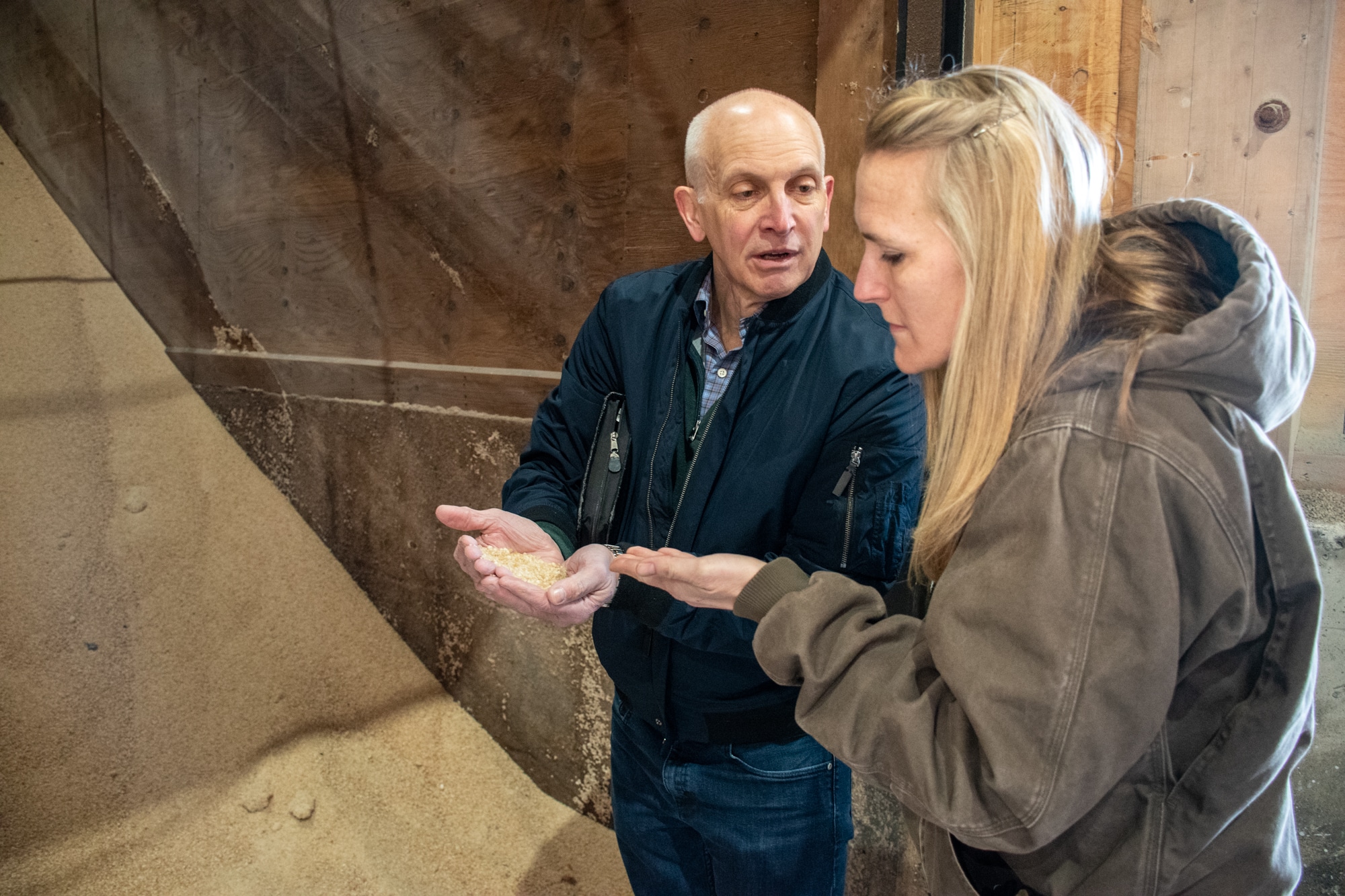As winter settles in with colder temperatures and even ice and snow in many places across the United States, most farmers are already dreaming about spring and getting their crops in the ground. They are already thinking about their target planting date, as well as the inputs, such as crop protection products and fertilizer they are going to apply to maximize yield potential. Many farmers also schedule meetings with their trusted advisers, such as retailers, agronomists and crop consultants to create a plan for their crops during this key decision-making time frame.
As you are meeting with your farmer-customers throughout the winter, AdvanSix Sales Representative David White has some suggestions on how to help them best plan and prepare for how ammonium sulfate (AMS) may be able to play a role in maximizing yields and ROI in the upcoming season.
Review the past season
“First and foremost, sit down with your client and review how everything went last year,” White said. “Take a look at the field maps and be sure to ask them if they were happy with how things turned out. And if they’re not happy, find out why and how you can help them make adjustments in the upcoming season.”
Talk about soil tests and soil types
From the standpoint of crop nutrition, soil testing and identifying different soil types is key to properly planning out fertilizer applications.
“Have discussions with your growers and ask them why they think one field did better than another,” White said. “If you have data to help compare soils, or even know the history of a field, you may be able to offer some explanation and better prepare for these differences in the upcoming season.”
Holding these discussions ahead of the season can help you recommend where AMS may or may not be a good fit for helping farmers maximize profit potential.
Find solutions to farmers’ challenges
Agronomic advisers ultimately help farmers find potential solutions for the problems they are facing. Having the data to back up these solutions will make it easier for farmers to try something new.
“If you know something that is proven with good, solid data behind it, they’re going to be more willing to try it to address their challenges,” White said. “I think that’s where the sulfur story really comes through because there is a lot of data behind crops’ increased sulfur needs, whether it be corn, soybean or even forages. Pretty much across the board, we have data that shows that supplemental sulfur is helping with both yield and quality.”
If you are trying AMS, or something new for the first time with your customers, White also recommends leaving a check strip untreated so that farmers can easily see if the new product or practice actually helped their crop or not. “If the farmer sees good results from your recommendation, they are going to come back to you year after year,” he said.
Talk about the financials
When it comes to implementing something new, farmers are going to want to know what the cost is, as well as their potential return on investment (ROI).
With fertilizer prices down from the recent year’s highs, White recommends encouraging farmers to give AMS a try while the risk is low. “Cost has gone down dramatically since last year. While some farmers may have cut back on fertilizer last year when prices were high, they may be more willing to reinvest in fertility now that prices have come down a bit again.
Ensure availability
Making a decision to apply AMS at planting now will help ensure supply is available once the farmer is ready to have it applied.
“The worst thing a farmer can do is wait until they are ready to put the planter in the ground and say, ‘I need AMS,’” White said. “By planning ahead now, you can help your customers ensure that you will have AMS and other nutrients available for their crops when they need it.”













